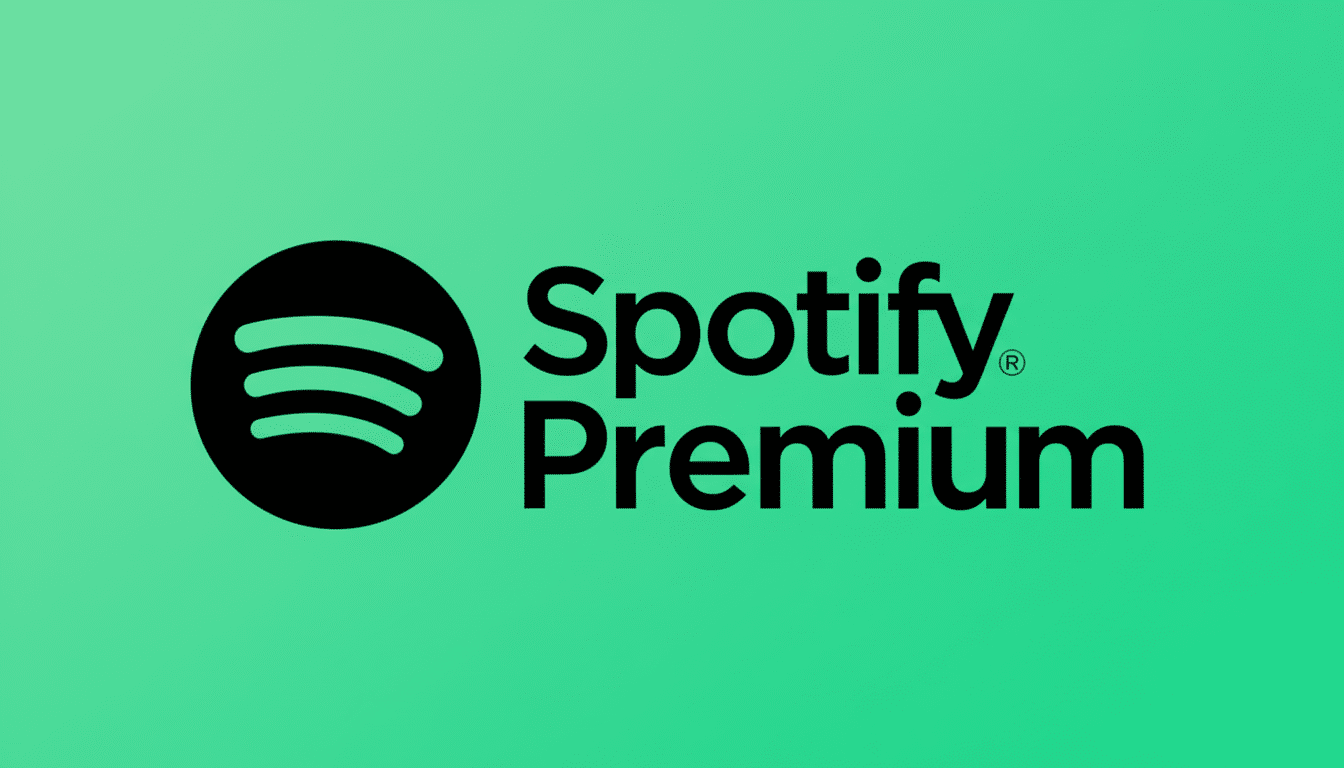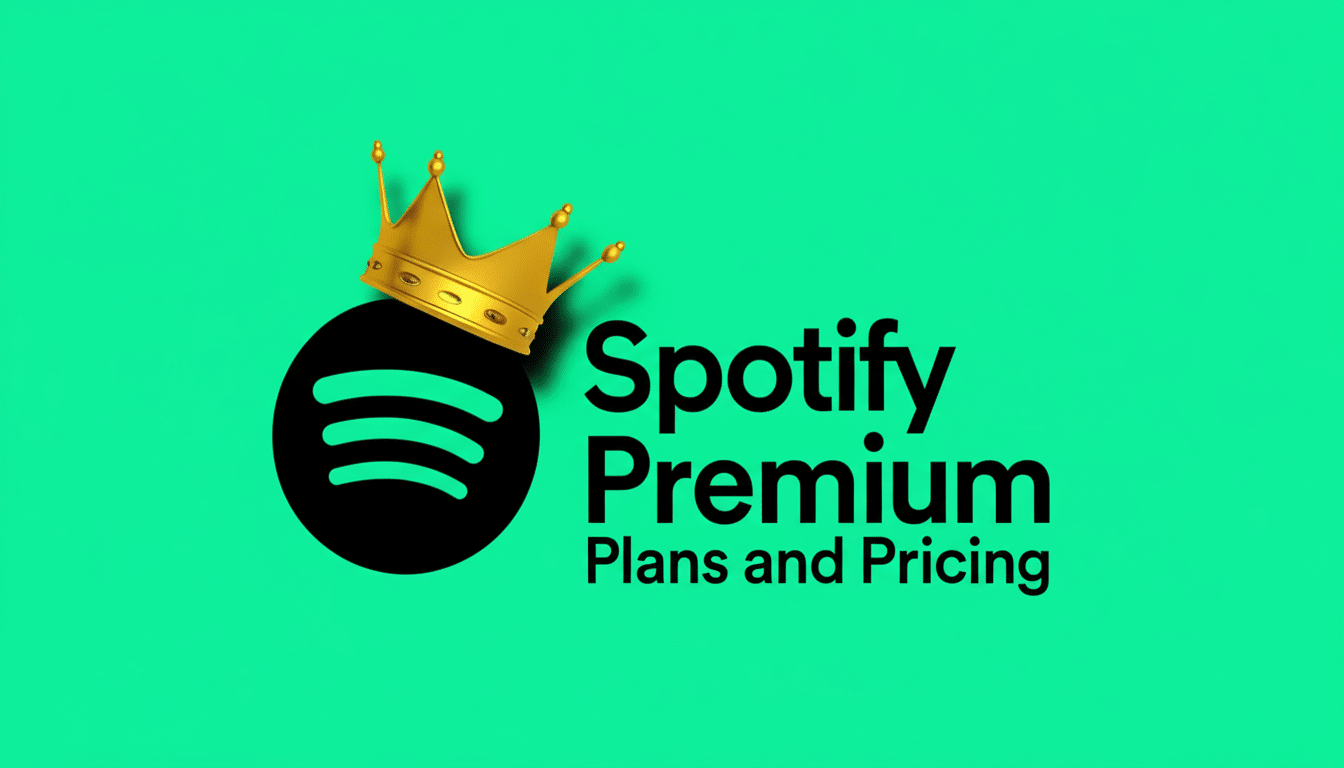Spotify is expected to increase the price of its subscriptions in the United States in the first quarter, The Financial Times reported, another step from streaming technology companies — as well as their comrades among record labels and artists — in a broader industry recalibration of streaming economics. The change would come on the heels of recent increases in a handful of international markets and represent the first U.S. adjustment since the company made its last round of changes.
A typical Spotify Premium subscription in the U.S. currently goes for $11.99 a month. Although final figures are not publicly available, JPMorgan analysts estimate a $1-a-month change in the U.S. alone might yield approximately $500 million in additional annual revenue, underscoring how sensitive Spotify’s top line is to even moderate price moves in its biggest paid market.

What A Price Increase Could Mean For Spotify
Even a modest expansion in that can materially raise average revenue per user and drive gross margin expansion — two metrics Spotify has been working to improve after years of focusing on scale first. Recent earnings have the company with over 240 million Premium subscribers worldwide, and the U.S. cohort represents a larger share of revenue than user count would predict.
Raising prices is also a way to recalibrate how much money goes back to rights holders. Since royalties are based on a percentage of revenue, wider margins on the retail price would result in larger pools — assuming Spotify can keep churn under control — paid to labels and publishers. That is at the core of the industry’s call for price normalization following a decade-plus where streaming had maintained $9.99 as an average cost even as inflation and content costs both rose.
Crucially, Spotify’s growing bundle — and especially its audiobook quota for Premium — adds to content costs that price hikes could partially mitigate. The company has also invested in product differentiation, like podcasts, discovery features and personalization — levers it can point to when justifying higher rates.
Why the Labels Are Pushing for Higher Fees
The major record companies, including Universal Music Group, Sony Music and Warner Music — which all have equity stakes in Spotify — have long asserted that music subscriptions are underpriced compared with other forms of digital entertainment. Global recorded music revenue grew solidly last year, according to the industry body IFPI, with streaming representing around two-thirds of total spending. Yet executives argue that value has failed to keep pace with consumer time spent and broader inflation patterns.
Previous market-wide raises have shown that there’s probably limited risk of a mass exodus if changes are incremental and well-communicated. Research firms like MIDiA have pointed out that $1 changes in leading services usually result in a reasonable amount of churn, as it’s more likely that subscribers will swap into family plans or annual options instead of outright cancellation.

Competitive Landscape And Consumer Impact
Spotify is not operating in a vacuum. Competitors like Apple Music, YouTube Music and Amazon Music have all pushed pricing up in the last few cycles, while video-streaming services such as Netflix have reset expectations for what a digital subscription should offer. The big unknown, for consumers, is which tiers will be affected — Individual, Duo, Family or Student — and if feature additions or audiobook hours move along with them.
The ad-supported free tier, which is seen as a key funnel into paid plans, is not expected to be affected. For those looking to pay, the calculus usually revolves around perceived value: discovery tools, playlists, podcasts, device integrations and family sharing. If those hold up as irresistible, most onlookers predict fairly steady retention, especially for long-time subscribers.
What To Watch Next For Spotify’s U.S. Price Changes
Seek out clarity on timing, the exact tiers affected and whether a price increase aligns with product changes — like adjustments to audiobook hours or new audio features that make the idea more palatable. Any update to Spotify’s long-anticipated high-fidelity offering could also shape how subscribers see a value proposition at a higher monthly fee.
Investors will look at how fast the price changes trickle down to ARPU and margins, if churn remains contained, and what it spells for negotiations with labels as payout pools grow.
Keep up with the latest business here. Such growth can be meaningful revenue when multiplied across a huge pool of subscribers for artists and rights holders. For consumers, the choice will be the one now familiar in today’s subscription economy: pay a little more, switch or go shopping for competitors. If recent history is any guide, most people will stick with the playlists and personalization they already have become familiar with.

